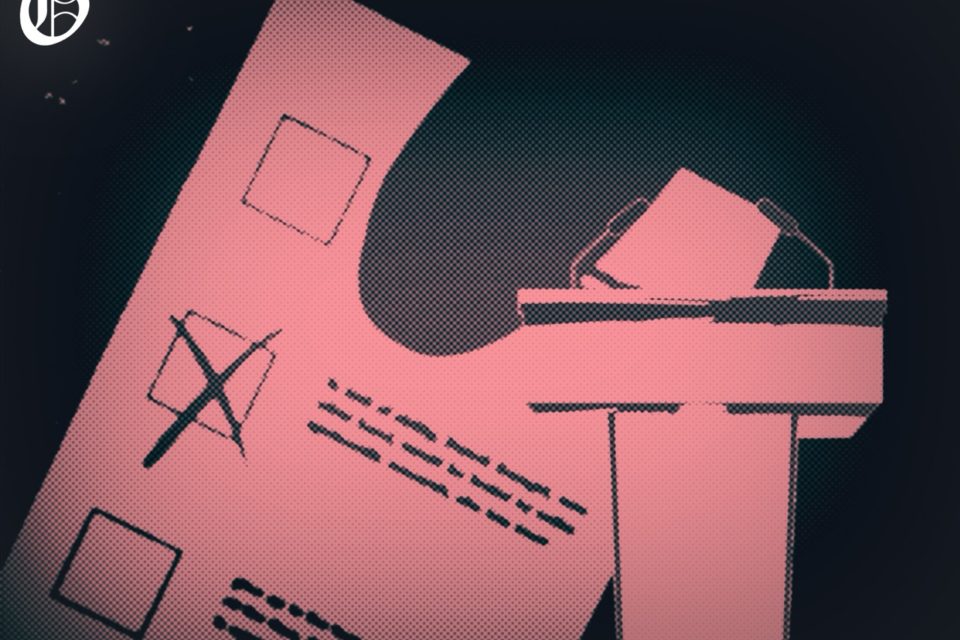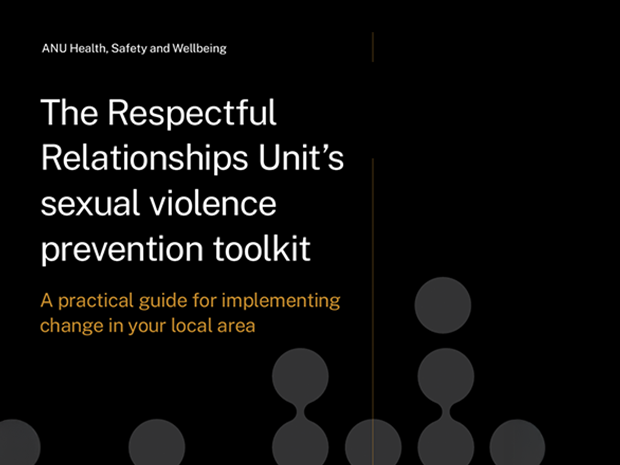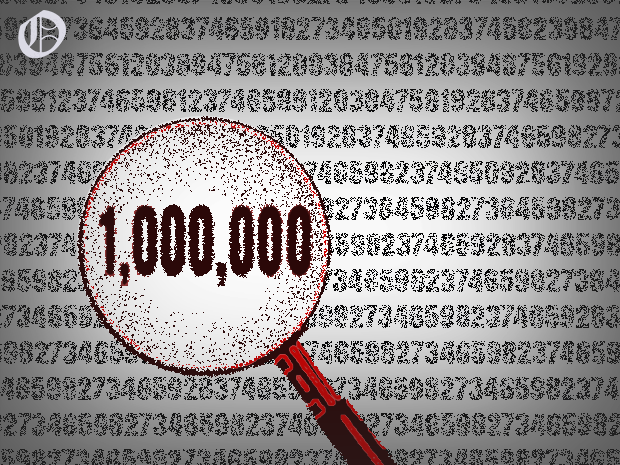How to Vote this Federal Election (and Claim that Democracy Sausage)

By Anushka Vineet
Saturday the third of May 2025 is the Australian Federal election: every political science major’s favourite time of their degree! If you did not have the pleasure of taking POLS1002: Introduction to Politics, or are after a refresher on the Australian political and voting system, Observer has you covered!
This is a Federal election, which means you are voting for members to represent you in the Commonwealth Parliament. Federal elections occur every three years. To be eligible to vote, you must be over 18, an Australian citizen, and be enrolled to vote. The cut-off date to enrol to vote or change your details has already passed, but you can check here if you are unsure whether you are enrolled.
The Commonwealth Parliament was formed in 1901 after Australia’s federation. Federation was when the six British colonies – New South Wales, Queensland, Victoria, South Australia, Western Australia, and Tasmania – united to form the Commonwealth of Australia on the 1st of January 1901. Since then, we have had 47 Federal elections and 31 Prime-Ministers.
Australia’s Commonwealth Parliament is a bicameral system. This means that you will be voting for candidates to represent you in two houses: the House of Representatives (the Lower House) and the Senate (the Upper House).
Both houses use different methods of voting.
The House of Representatives uses preferential voting. On the ballot, you will need to order all the candidates according to your preferences.
The Senate is a bit more complicated as it uses proportional voting. When voting for the Senate, you will have a choice to vote ‘Above the Line’ or ‘Below the Line’. If you choose ‘Above the Line’ you need to number at least six of the parties or groups. For ‘Below the Line’ voting, you need to number at least 12 of the individual candidates.
If you are still unsure, the Australian Electoral Commission (AEC) has created a helpful resource to practice how to vote for the House of Representatives and the Senate, to ensure your vote counts.
The House of Representatives currently has 151 members. Each member represents an electorate. An electorate is a geographical area where an average of 120,000 voters live. If you are unsure of your electorate, you can check here. In an election you are electing one member to represent your electorate.
The Senate contains 76 senators with each senator representing a state or territory. Each state has 12 senators while each territory, like the ACT, has two. Every election, half of the senators are up for election unless there is a double dissolution. In this election, only 36 senators will be re-elected: six senators per state and one senator per territory. In an election, if you are from a state, you would vote for multiple members to represent your state.
If you are unsure of the candidates for your electorate or your state/territory, you can check here.
In Australia, there are two major parties/coalitions: the Australian Labor Party (ALP) and the Liberal-National Coalition.
Currently, the ALP is in power, with Anthony Albanese as party leader and Prime Minister. Peter Dutton is the leader of the Liberal Party and if the coalition wins the election he would be the new Australian Prime Minister. The leader of the Nationals, David Littleproud, would be the Deputy Prime Minister. The Australian Broadcasting Corporation (ABC) has some resources to help you determine which party’s policies you align most with. Build a Ballot is another resource that allows voters to see which candidate they align most with in their electorate.
You can vote either by attending a polling booth or using one of the early voting methods. If you are enrolled to vote outside of the ACT, you can attend an interstate voting centre or apply for a postal vote. Wednesday April 30 is the last day to apply for a postal vote. The postal vote application can be found here.
Voting in Australia is compulsory and failure to vote can result in a $20 fine. But remember, you are exercising your civic duty and your right to vote!
If you are attending an in-person voting centre, don’t forget to collect your ‘democracy sausage’ (a sausage sizzle) for a gold coin donation: a well-deserved reward for fulfilling your civic duty! You can find your nearest polling booth, with a democracy sausage or cake stand, here.
Graphics by Shé Chani
Know something we don’t know? Email [email protected] or use our anonymous tip submission.
If you have an issue with this article, or a correction to make, you can contact us at [email protected], submit a formal dispute, or angry react the Facebook post.
Want to get involved? You can write articles, photograph, livestream or do web support. We’re also looking for someone to yell “extra!” outside Davey Lodge at 1AM. Apply today!









